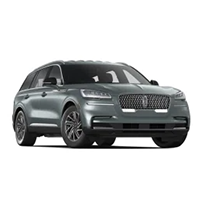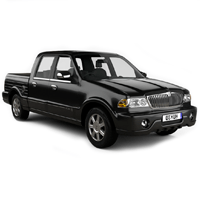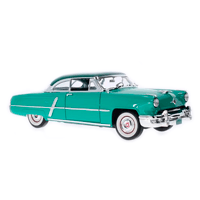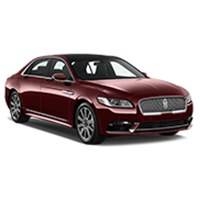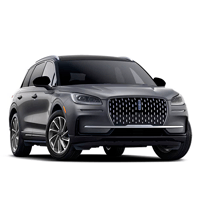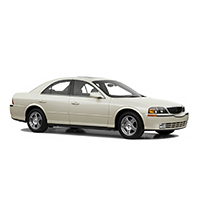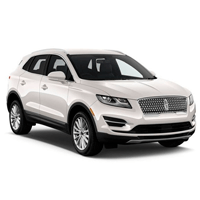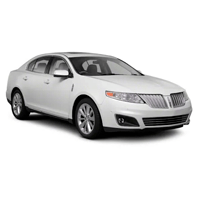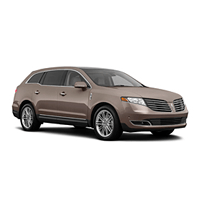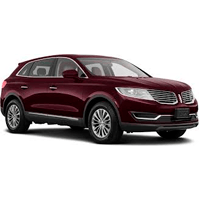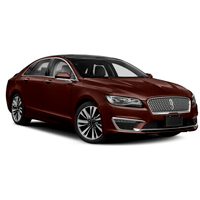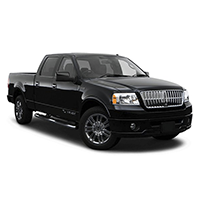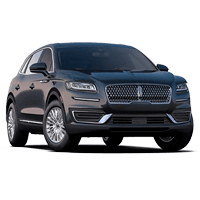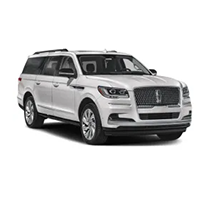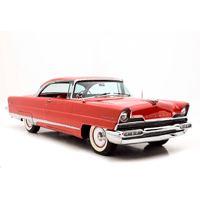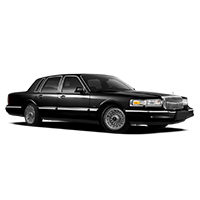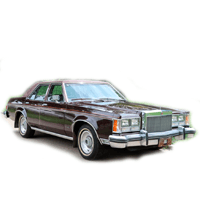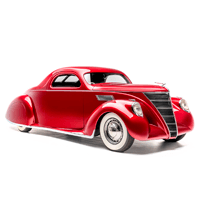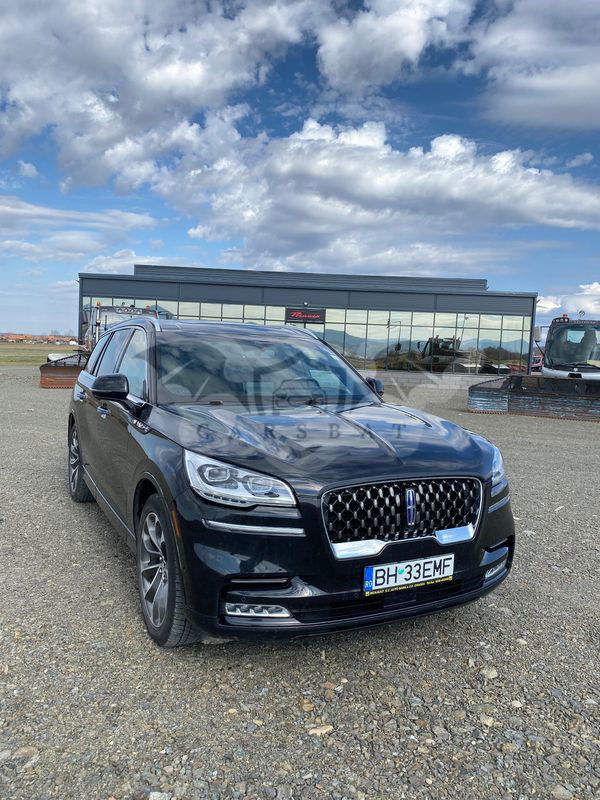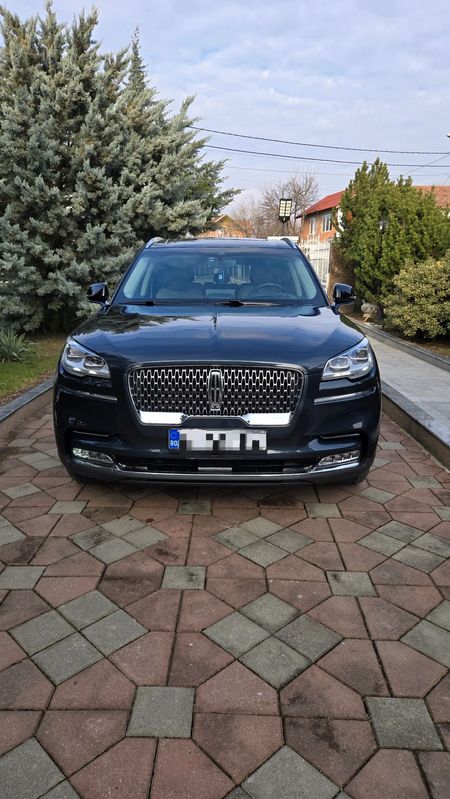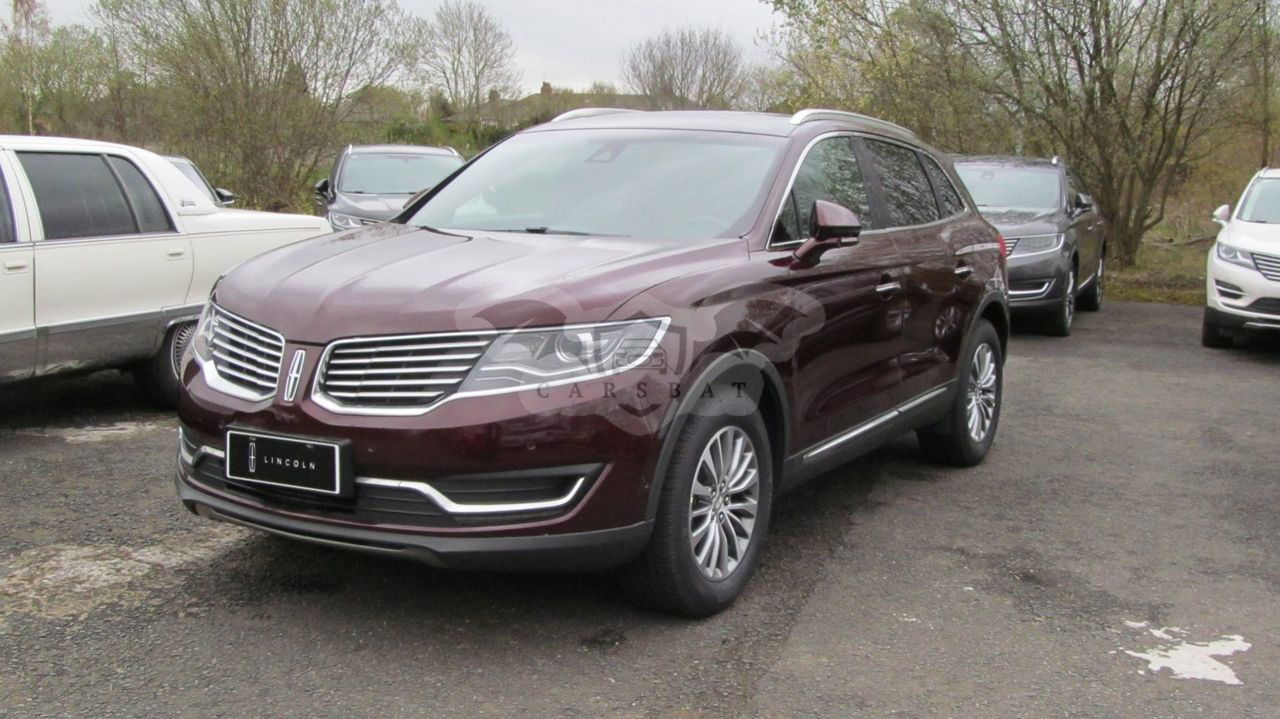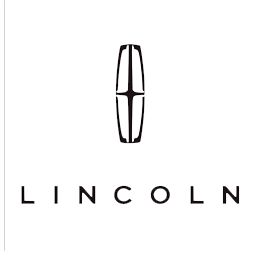
Catalog / Lincoln
Lincoln: Redefining American Luxury in the Automotive World
Lincoln, the luxury vehicle division of American automaker Ford, has a rich history dating back to 1917. Founded by Henry Leland, who had previously co-founded Cadillac, Lincoln was named after Abraham Lincoln, Leland's hero. However, financial difficulties led to Ford Motor Company acquiring Lincoln in 1922, marking the beginning of Lincoln's role as Ford's luxury division.
In its early years, Lincoln quickly established itself as a maker of luxury vehicles, competing with brands like Cadillac and Packard. The 1936 Lincoln-Zephyr, with its streamlined design, became an icon of the Art Deco era and significantly boosted the brand's popularity.
The 1940s saw the introduction of the Lincoln Continental, a model that would become synonymous with American luxury for decades. The fourth-generation Continental, produced from 1961 to 1969, is particularly notable for its center-opening 'suicide' doors and clean, elegant design, which has been hailed as one of the most significant automotive designs of the 20th century.
Throughout the 1970s and 1980s, Lincoln continued to produce large luxury cars, with models like the Town Car becoming favorites for executive transport and limousine conversions. The Navigator, introduced in 1998, was Lincoln's entry into the luxury SUV market, a move that would prove crucial for the brand's future success.
In the 21st century, Lincoln has undergone significant changes to reposition itself in the luxury market. The brand has moved away from its traditional naming convention of using letters (like MKZ, MKX) and returned to evocative names like Corsair, Aviator, and Nautilus. This shift is part of a broader strategy to create a more distinct brand identity and appeal to a younger demographic.
Lincoln has also been at the forefront of in-car technology and comfort features. The brand has introduced innovations like adaptive suspension, advanced driver-assist features, and ultra-luxurious interiors, particularly in its Black Label trim levels.
In recent years, Lincoln has made significant strides in the Chinese market, where American luxury brands have traditionally struggled. The brand has tailored its offerings to Chinese preferences, including extended wheelbase versions of its sedans.
As the automotive industry moves towards electrification, Lincoln has announced plans to electrify its entire vehicle lineup by 2030. This commitment includes fully electric vehicles as well as plug-in hybrids, positioning Lincoln to compete in the rapidly evolving luxury electric vehicle market.
Today, Lincoln's lineup consists primarily of SUVs and crossovers, reflecting broader market trends. Models like the Corsair, Nautilus, Aviator, and Navigator offer a range of sizes and luxury features to cater to different segments of the luxury market. While Lincoln has phased out sedan production for the North American market, it continues to produce sedans for the Chinese market, where they remain popular.
Throughout its history, Lincoln has embodied a uniquely American take on automotive luxury, emphasizing comfort, technology, and distinctive design. As it moves into an electrified future, Lincoln aims to continue this tradition while adapting to changing consumer preferences and technological advancements.

